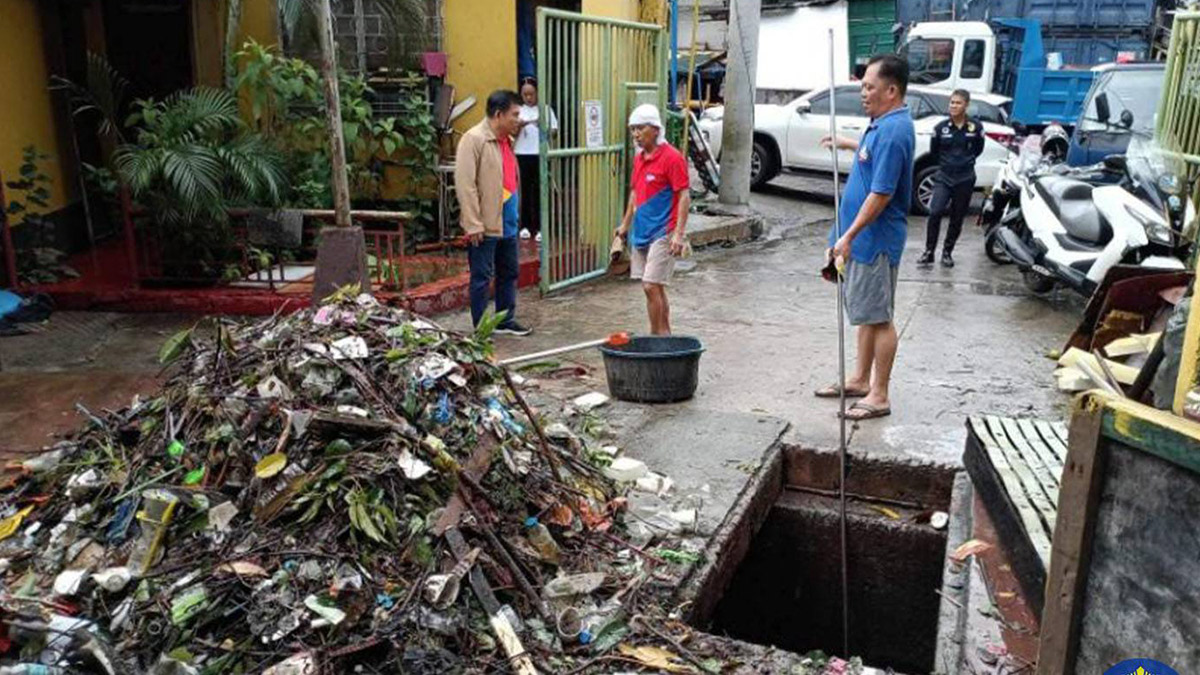
The Metropolitan Manila Development Authority conducted cleaning operations in Manila (Photo from MMDA)
MANILA, Philippines — Over 1,500 tons of garbage were collected in the National Capital Region (NCR) following the onslaught of Typhoon Carina and the southwest monsoon, the Metropolitan Manila Development Authority (MMDA) said on Tuesday.
In a Facebook post, the MMDA said 1,513 tons of garbage were collected in the NCR from July 25 to August 5.
“Hindi makadaloy ang tubig ulan nang maayos, umaapaw ang mga daluyang tubig kaya nagbabaha,” the MMDA said.
(The rainwater was not drained properly. The drainage overflowed, resulting in flooding.)
According to MMDA Acting Chairman Don Artes, they expect to haul more garbage in the following days.
READ: MMDA assures ongoing efforts with 101 NCR flood control projects
Last July 31, Artes said the MMDA has been working on flood control projects to address constant flooding in Metro Manila. The approved budget includes P2.72 billion for flood control, P2.26 billion for capital outlay, and P395.57 million for the maintenance and operation of 71 pumping stations.
“The MMDA is working on the said budget to cover for the 101 projects across all NCR districts. As of July 2024, 56 are completed while 45 are ongoing,” he added.
READ: Marcos: So many projects, yet more areas flooded
On July 25, President Ferdinand Marcos Jr. ordered the agency to reevaluate the design of flood control projects after many parts of the country were flooded due to the heavy rains brought by Typhoon Carina and the southwest monsoon.
During his third State of the Nation Address, Marcos touted the completion of more than 5,500 flood control projects.
“The floods this time are wider in scope. More areas ended up flooded, unlike during Ondoy. And yet, we have more flood control projects now,” he said.